What Is Asparagus Rust: Tips On Treating Rust In Asparagus Plants
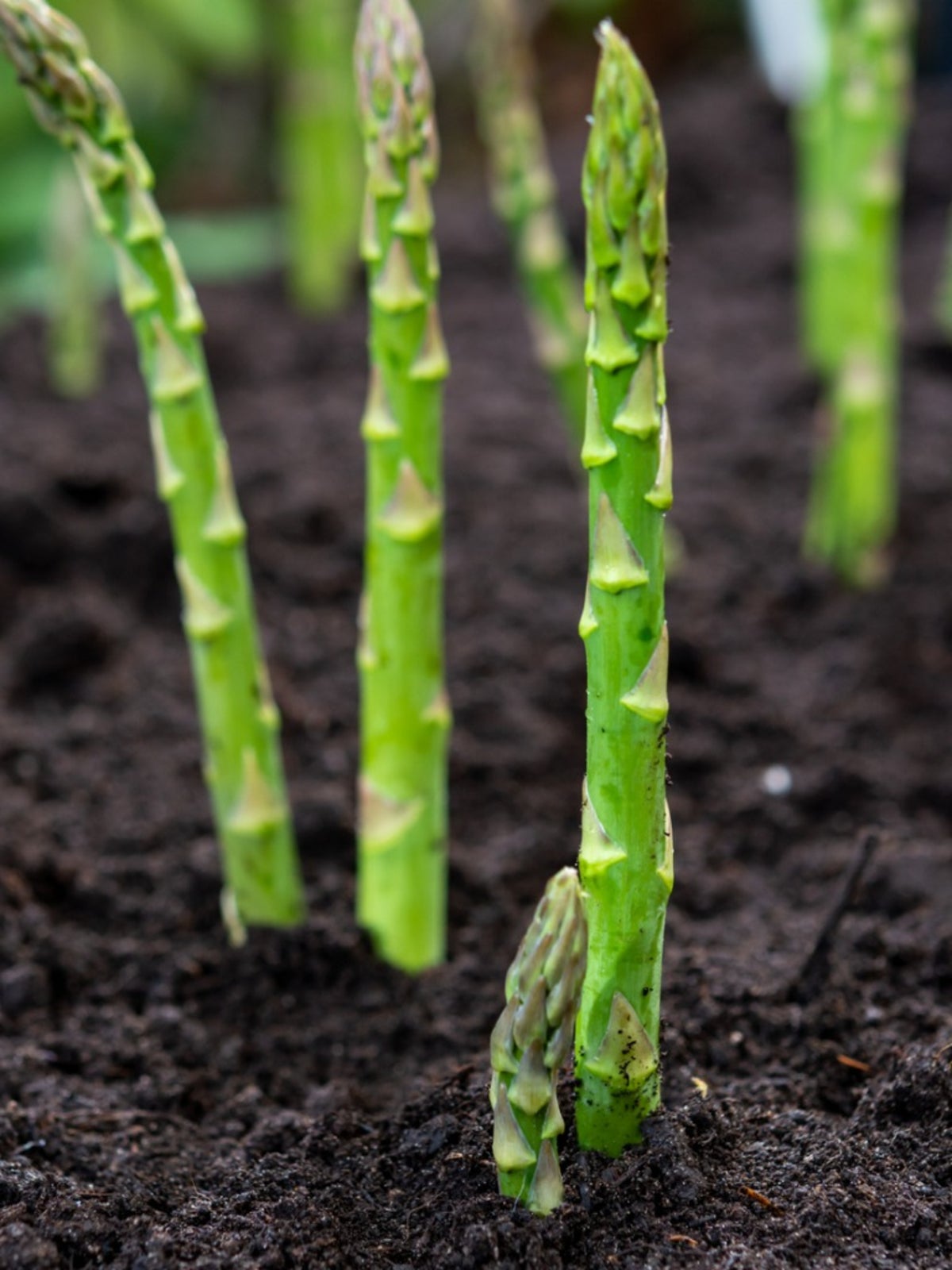

Asparagus rust disease is a common but extremely destructive plant disease that has affected asparagus crops around the world. Read on to learn more about asparagus rust control and treatment in your garden.
What is Asparagus Rust?
Asparagus rust is a fungal disease that attacks the bushy green tops of asparagus plants. If the disease is allowed to continue, the roots and crown of the plant are affected and the plant is severely weakened. As a result, asparagus spears are smaller and fewer in number. Plants that are severely affected may die during hot and dry summer weather. Additionally, asparagus rust disease stresses plants, making them more susceptible to other plant diseases such as fusarium rot. Asparagus rust spores live on plant residue during the winter and germinate in early spring. The disease is spread by wind and rain and spreads quickly during wet or foggy weather or damp, dewy mornings. Rusty orange spores on the feathery stem tops are the first sign of the disease and are evident during the summer.
Asparagus Rust Control
Treating rust in asparagus involves some preventative measures. Here are some tips that will help with that as well as for managing plants once rust disease develops. Cut back affected stems and tops. Clean up severely infected asparagus beds. Burn the debris or dispose of it safely away from the garden. Also, destroy any wild or volunteer asparagus plants that grow in the area, including plants found along fences or roadsides. When harvesting asparagus, use a sharp knife to cut spears below the surface of the soil. This may help prevent asparagus rust disease from developing on the stubs. After harvest, spray remaining stems and foliage with a fungicide spray or dust containing active ingredients such as mancozeb, myclobutanil, chlorothalonil, or tebuconazole, repeating every seven to ten days, or according to label directions. Keep in mind that some fungicides are best used as preventatives. Water asparagus plants carefully, avoiding both over and under watering. Plant asparagus in an area where prevailing winds provide good air circulation around the plants. Avoid crowding. Also, plant new asparagus in a location away from areas where infected plants grew. Prevent asparagus rust by planting rust-resistant asparagus varieties such as ‘Martha Washington’ and ‘Jersey Giant.’ Ask your local Cooperative Extension Agent for more specific information about asparagus rust control and about types of rust-resistant asparagus cultivars that perform well in your area.
Gardening tips, videos, info and more delivered right to your inbox!
Sign up for the Gardening Know How newsletter today and receive a free copy of our e-book "How to Grow Delicious Tomatoes".

A Credentialed Garden Writer, Mary H. Dyer was with Gardening Know How in the very beginning, publishing articles as early as 2007.
-
 Looking For Plants To Give You The Soft And Fuzzies? Try These 5 Fuzzy Leaf Plant Options
Looking For Plants To Give You The Soft And Fuzzies? Try These 5 Fuzzy Leaf Plant OptionsLovers of texture, drama, silver foliage and tactile plants will adore these special sensory garden additions. These fuzzy leaf plant options will leave you all aglow
By Susan Albert
-
 Get Ready For A Summer Of Hummers! Grow These Full Sun Hummingbird Plants and Flowers
Get Ready For A Summer Of Hummers! Grow These Full Sun Hummingbird Plants and FlowersIf you’re lucky enough to enjoy a sunny backyard, make sure you are maxing out on your pollinator opportunities and grow these full sun hummingbird plants and flowers
By Tonya Barnett
-
 What Is White Asparagus – How Does White Asparagus Grow
What Is White Asparagus – How Does White Asparagus GrowHere's a real head-scratcher. There are no varieties of white asparagus! So how does white asparagus grow? Read on to find out.
By Laura Miller
-
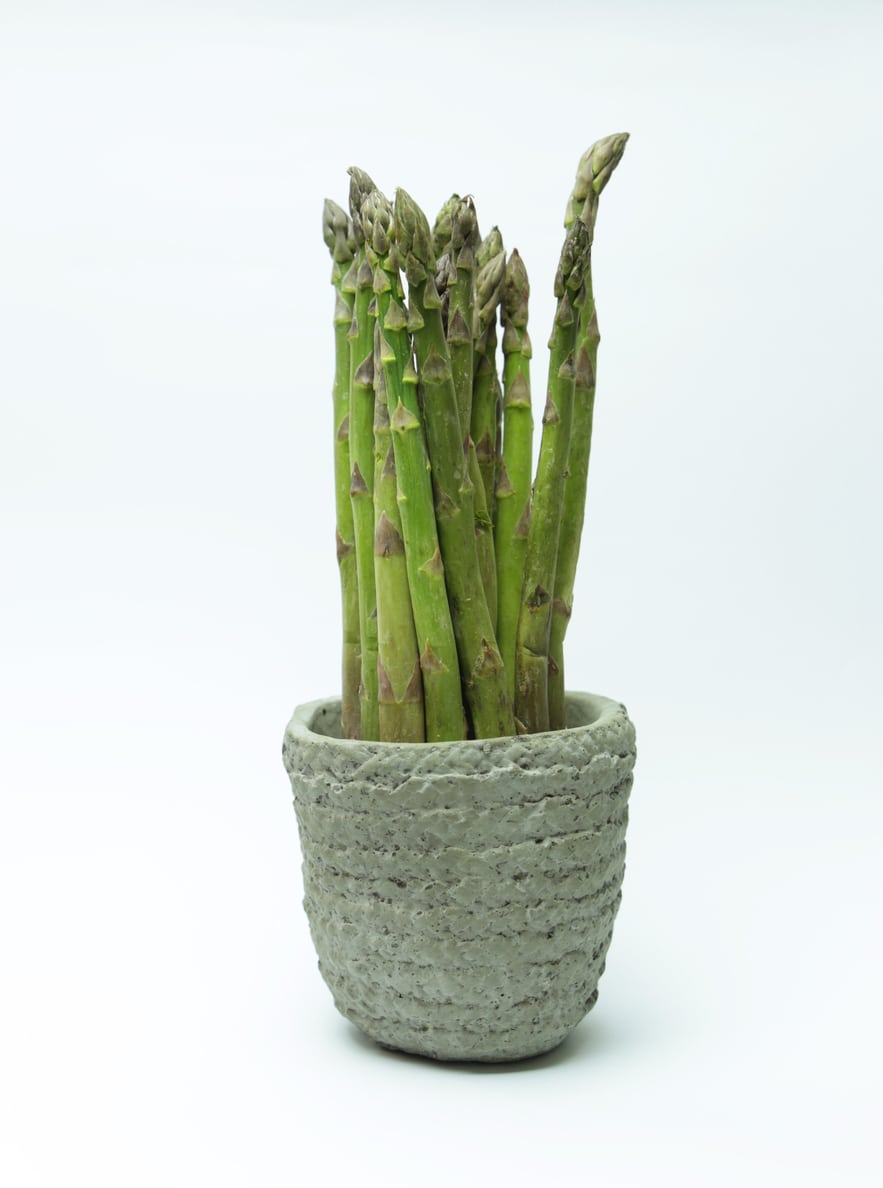 Potted Asparagus Plants – Can You Grow Asparagus In Containers
Potted Asparagus Plants – Can You Grow Asparagus In ContainersThe introduction of new asparagus cultivars has made the process of growing and caring for these plants easier than ever before. But can you grow asparagus in a pot? Click on the following article to learn more about container grown asparagus plants.
By Tonya Barnett
-
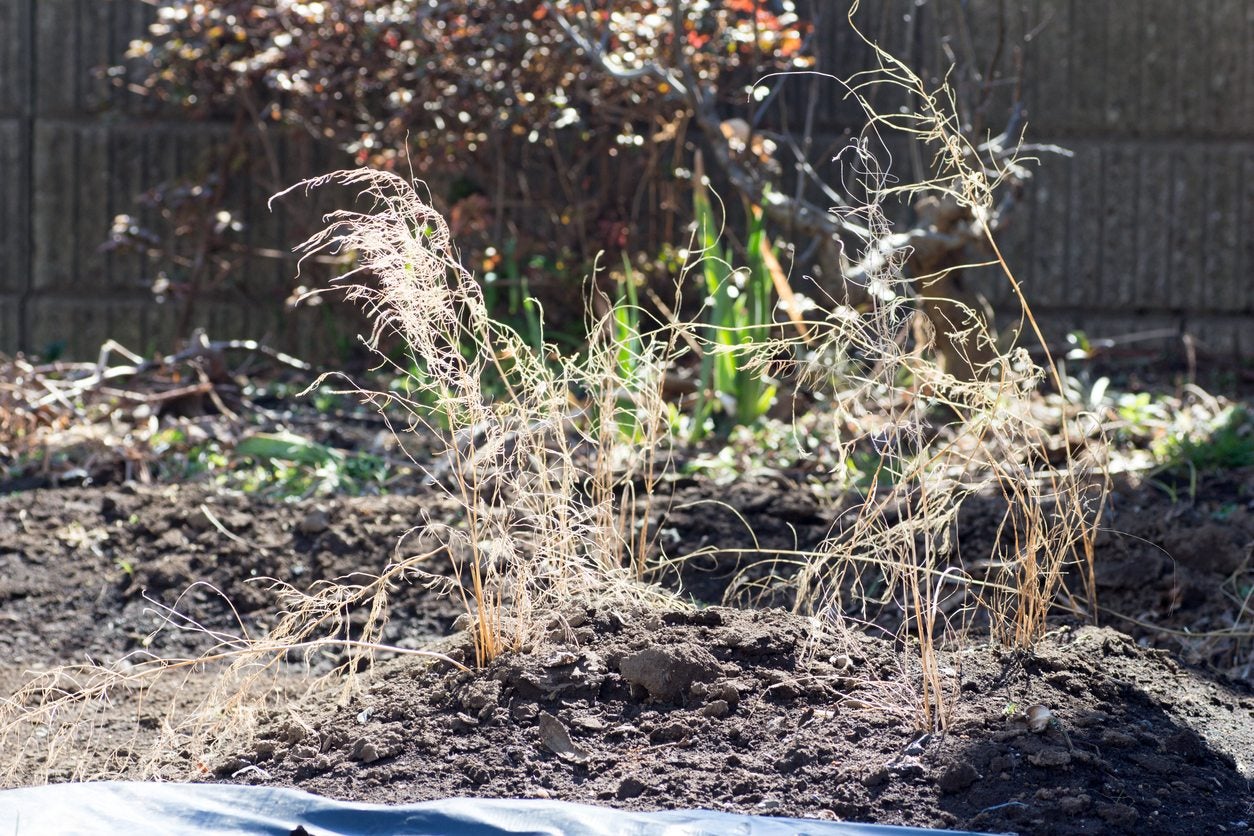 Asparagus Winter Care: Tips On Winterizing Asparagus Beds
Asparagus Winter Care: Tips On Winterizing Asparagus BedsOnce established, asparagus is fairly low maintenance with the exception of keeping the area weed free and watering, but what about overwintering asparagus plants? Do asparagus need winter protection? Find out in this article.
By Amy Grant
-
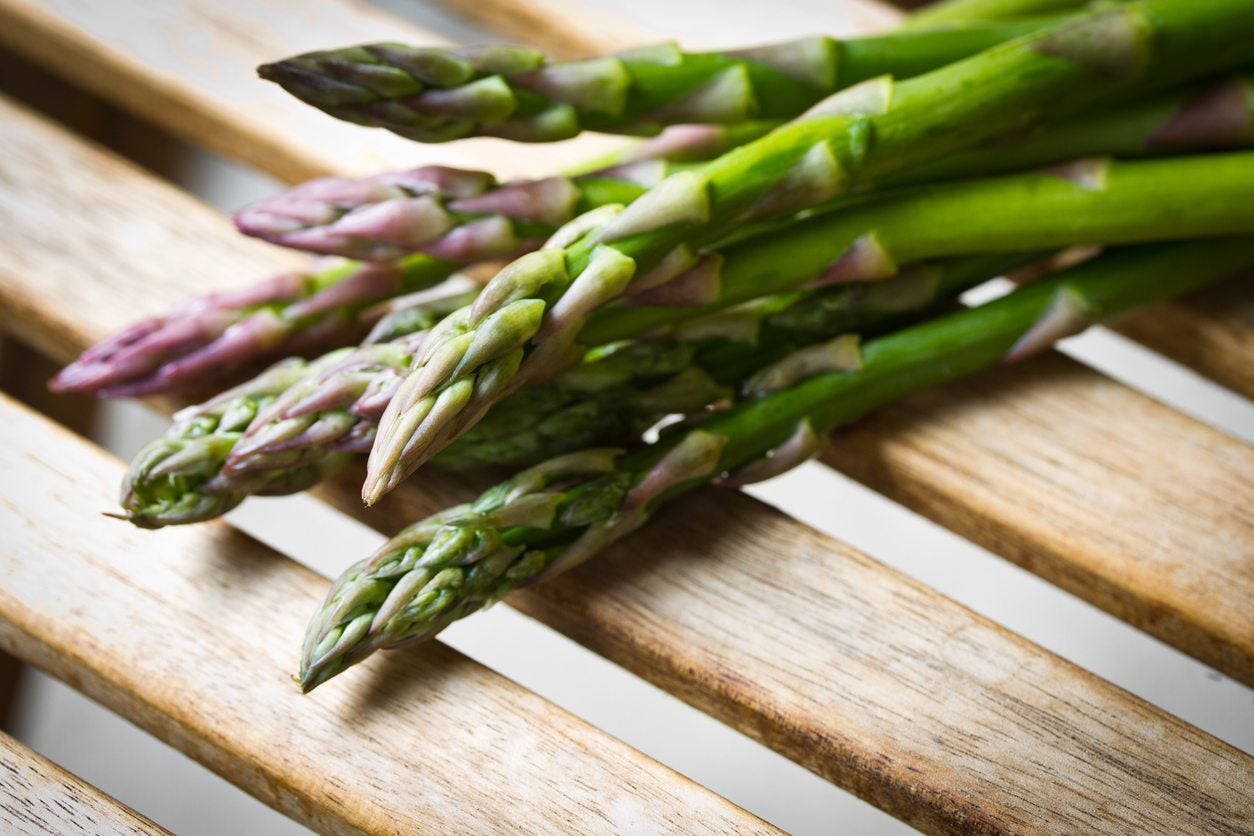 What’s The Difference Between Male And Female Asparagus Plants
What’s The Difference Between Male And Female Asparagus PlantsWe all know that some plants have male reproductive organs and some have female and some have both. How about asparagus? Are there really male or female asparagus? If so, what's the difference between male and female asparagus? Find out here.
By Amy Grant
-
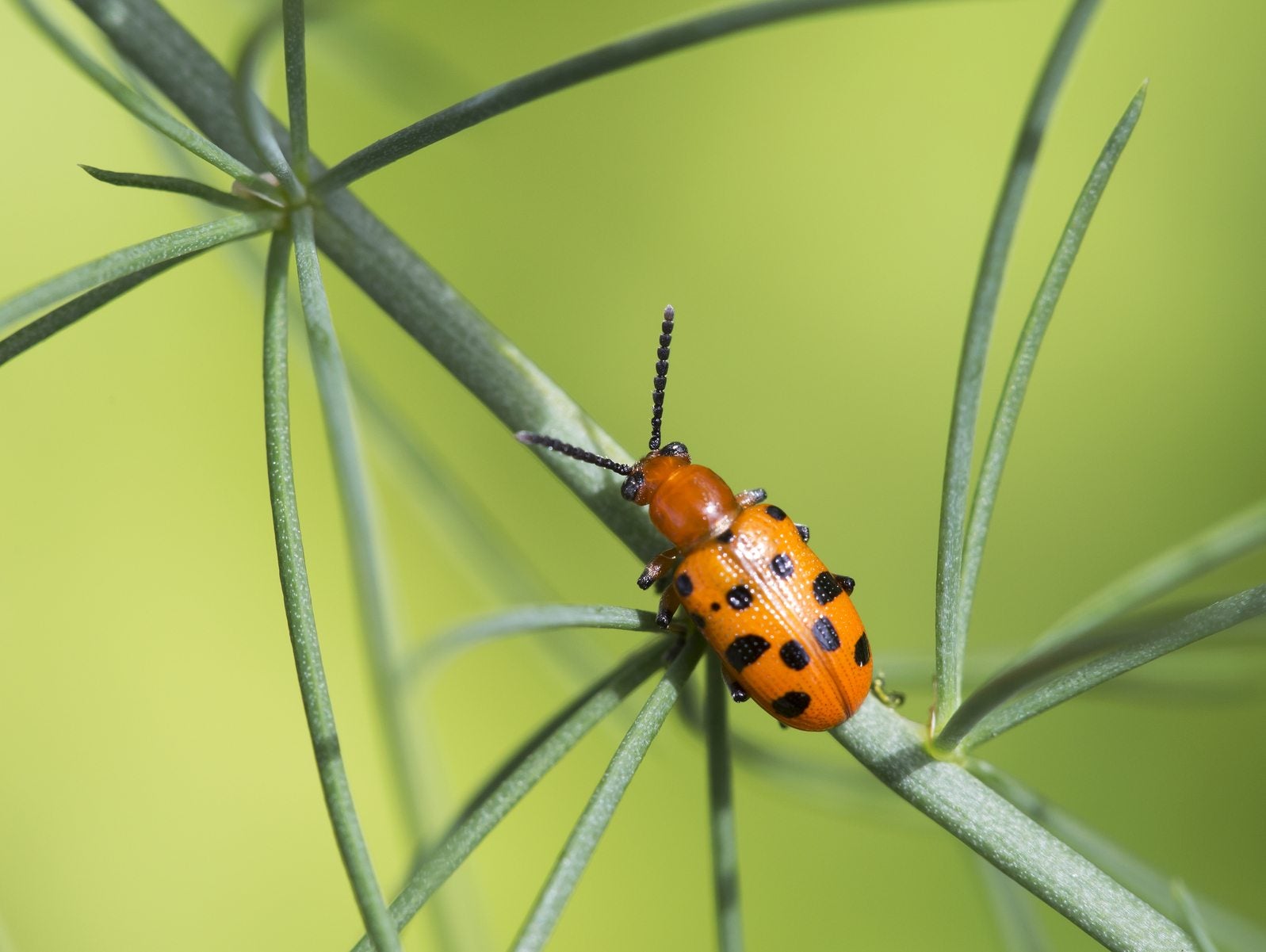 Spotted Asparagus Beetle Facts: Controlling Spotted Asparagus Beetles In Gardens
Spotted Asparagus Beetle Facts: Controlling Spotted Asparagus Beetles In GardensIt can be especially devastating when an asparagus patch falls victim to pests. One very common asparagus pest is the spotted asparagus beetle. Learn some spotted asparagus beetle facts and how to prevent spotted asparagus beetles in this article.
By Liz Baessler
-
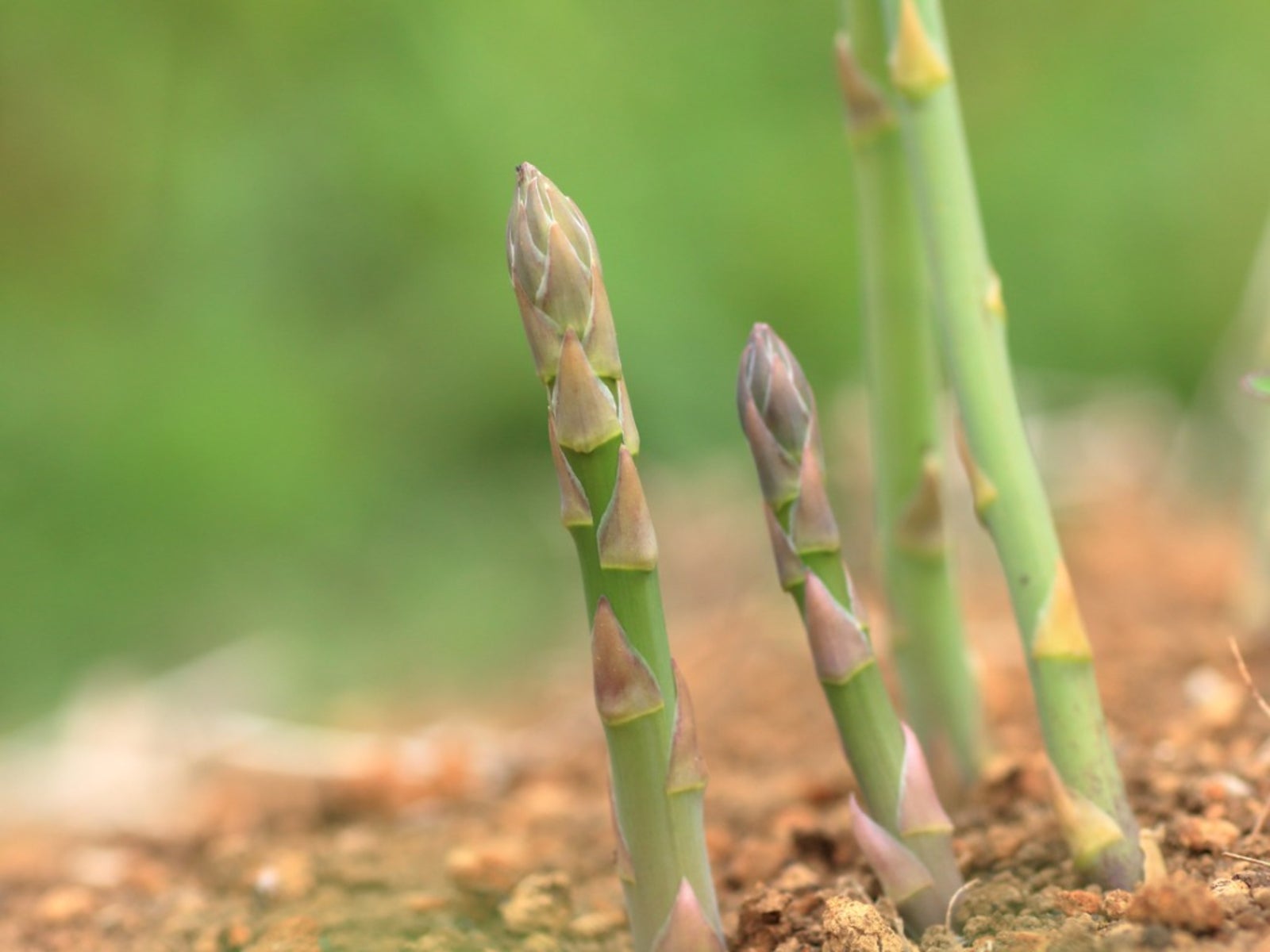 Rotting Asparagus Plants: Treating Asparagus Crown And Root Rot
Rotting Asparagus Plants: Treating Asparagus Crown And Root RotAsparagus crown and root rot is one of the most economically disastrous diseases of the crop worldwide. Asparagus crown rot is caused by three species of Fusarium. Learn more about controlling asparagus fusarium crown rot and root rot here.
By Amy Grant
-
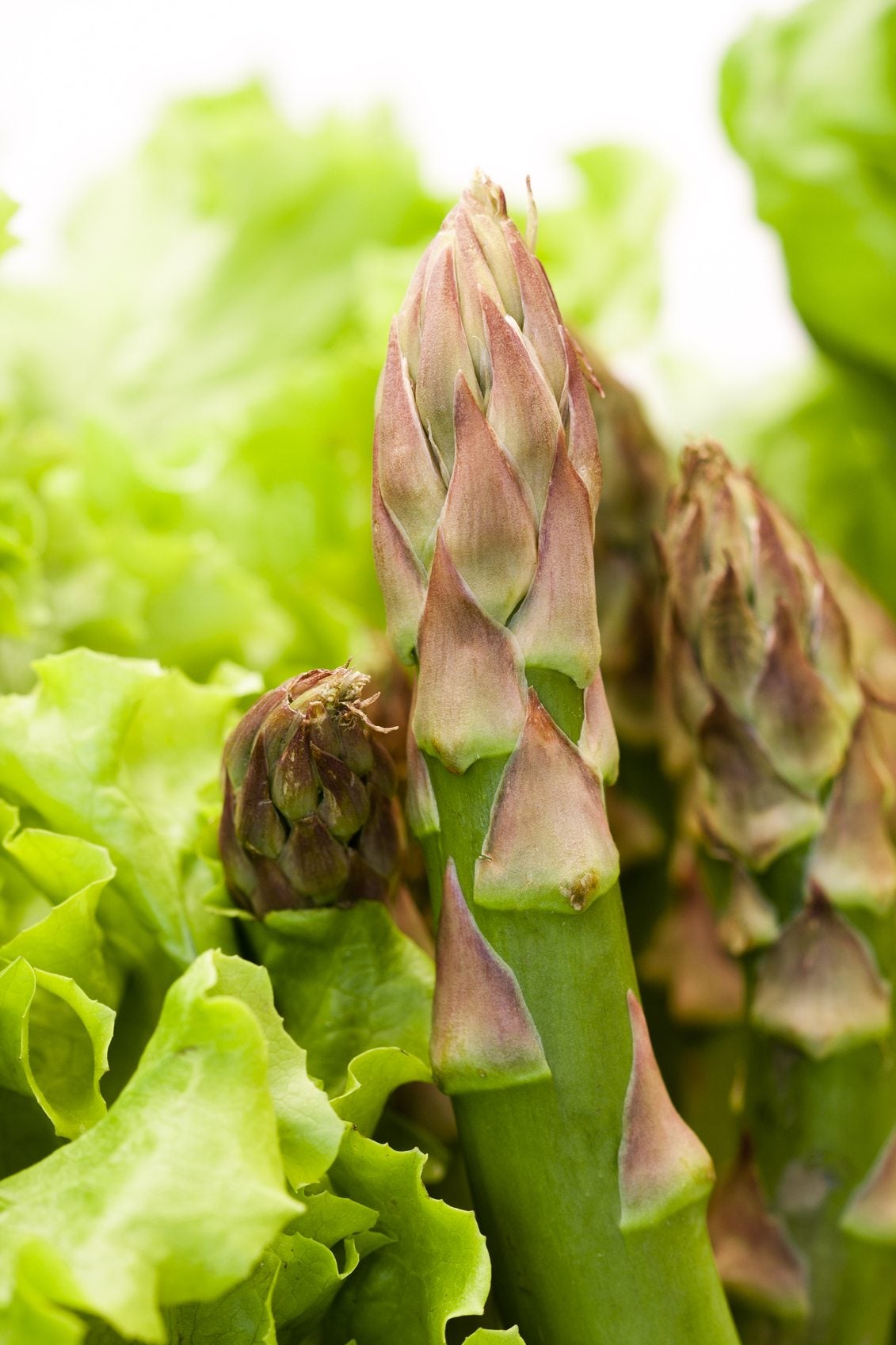 Asparagus Companion Plants – What Grows Well With Asparagus
Asparagus Companion Plants – What Grows Well With AsparagusAsparagus plant companions are plants that have a symbiotic relationship, one that is mutually beneficial to each. In the following article, we will discuss the benefits of companion planting with asparagus and what grows well with asparagus.
By Amy Grant
-
 Types Of Asparagus – Learn About Different Varieties Of Asparagus
Types Of Asparagus – Learn About Different Varieties Of AsparagusAsparagus is a long-lived perennial vegetable of many types. You can learn more about different asparagus varieties, including a few heirloom asparagus types, by clicking the article that follows.
By Mary H. Dyer